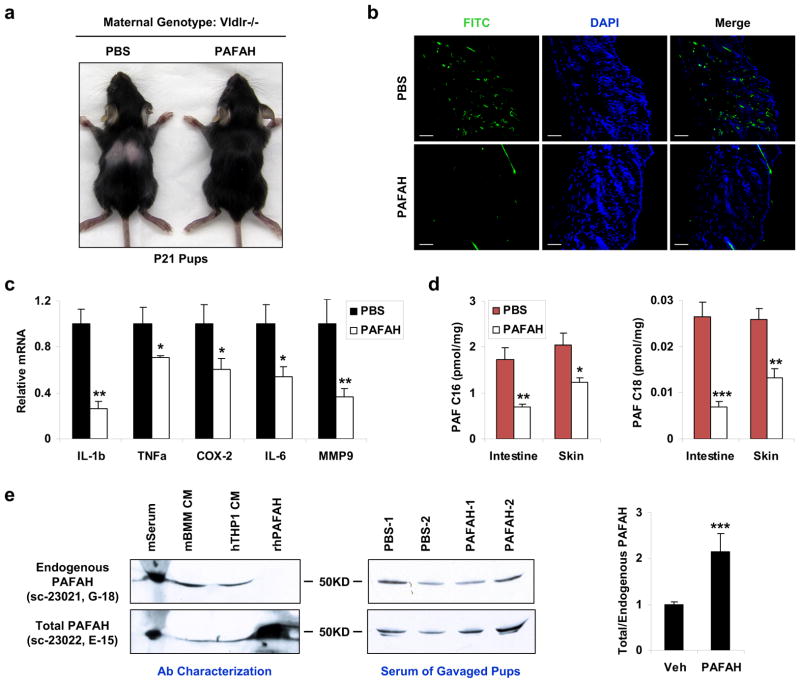Figure 6. Oral PAFAH supplementation to the pups rescues the neonatal toxicity.
Pups from a Vldlr−/− mother were orally gavaged with recombinant PAFAH at 0.15 mg/kg/day starting P1 (n=3); as internal controls, pups in the same litter were gavaged with vehicle PBS (n=3). The pups were analyzed at P21. a, A representative image showing the rescue of pup hair loss by PAFAH. b, Immuno-fluorescence staining showing the reduction of leukocytes (CD11b+) in the pup skin by PAFAH. Scale bars, 100μm. c, RT-QPCR analysis showing the attenuated expression of inflammatory genes in the pup skin by PAFAH (n=3). d, LC-MS/MS analysis showing the reduced levels of PAF-C16 (left) and PAF-C18 (right) in the intestine and skin of the PAFAH-treated pups (n=3). e, Western blot analyses of PAFAH protein. Left: comparison of two anti-PAFAH antibodies. Representative result of two independent experiments is shown. The abbreviations are: CM, conditioned medium; m, mouse; h, human; r, recombinant; BMM, bone marrow macrophage. Middle: western blot image for the detection of endogenous (top) and total (bottom) PAFAH in the serum of pups gavaged with PAFAH or PBS control. Right: quantification of the ratio of total/endogenous PAFAH protein in pup serum (n=2). Statistical analyses were performed with Student’s t-Test and all data are shown as mean ± standard deviation; *, p<0.05; **, p<0.01; ***, p<0.005.

